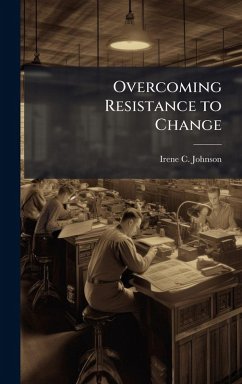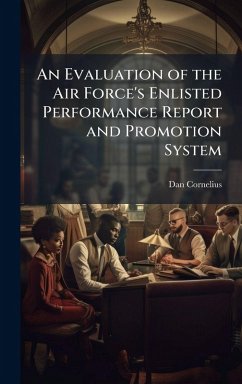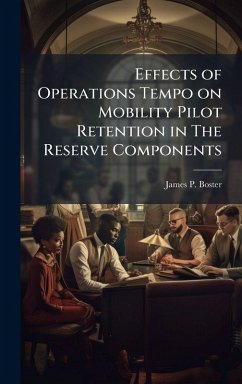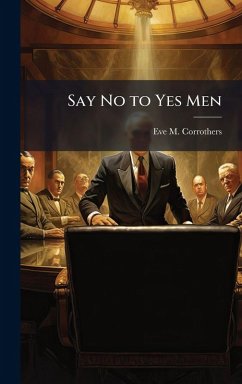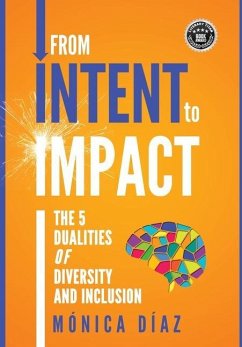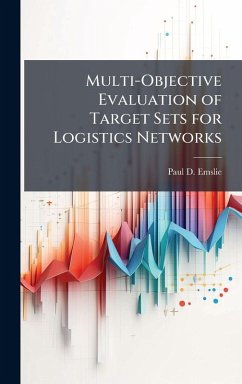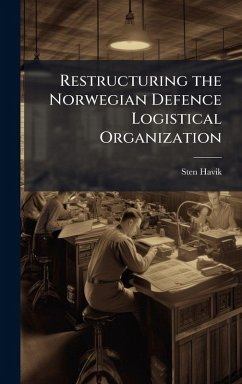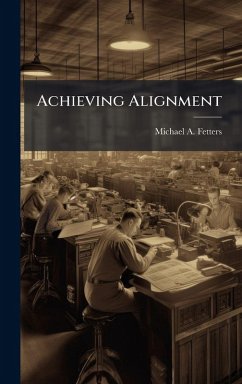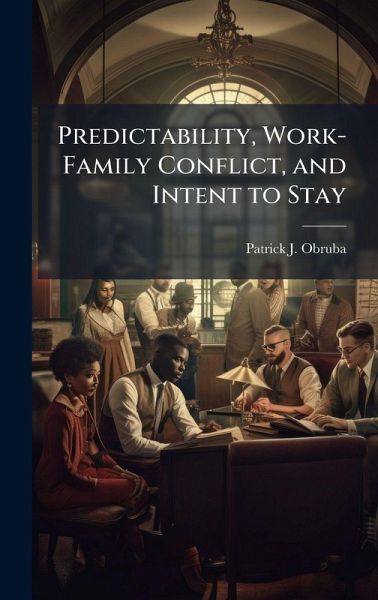
Predictability, Work-Family Conflict, and Intent to Stay
Versandkostenfrei!
Versandfertig in über 4 Wochen
29,99 €
inkl. MwSt.
Weitere Ausgaben:

PAYBACK Punkte
15 °P sammeln!
A survey was completed by 362 active duty Air Force members in December 2000 regarding their perceptions of schedule predictability, work-family conflict, job satisfaction, organizational commitment, and intent to stay with the Air Force. Theory suggests that a program designed to create schedule predictability, the Expeditionary Aerospace Force (EAF), would moderate the relationship between predictability and intent to stay. Using Structural Equation Modeling (SEM), plausible evidence was found to support the idea that schedule predictability plays a role in intentions to stay via work-family...
A survey was completed by 362 active duty Air Force members in December 2000 regarding their perceptions of schedule predictability, work-family conflict, job satisfaction, organizational commitment, and intent to stay with the Air Force. Theory suggests that a program designed to create schedule predictability, the Expeditionary Aerospace Force (EAF), would moderate the relationship between predictability and intent to stay. Using Structural Equation Modeling (SEM), plausible evidence was found to support the idea that schedule predictability plays a role in intentions to stay via work-family conflict, job satisfaction, and organizational commitment. Additional evidence supported the theory that the path relationships generated via SEM changed in strength for demographic sub-categories based on the presence of dependent family members, but not for sub-categories based on assignment under the EAF. This work has been selected by scholars as being culturally important, and is part of the knowledge base of civilization as we know it. This work was reproduced from the original artifact, and remains as true to the original work as possible. Therefore, you will see the original copyright references, library stamps (as most of these works have been housed in our most important libraries around the world), and other notations in the work. This work is in the public domain in the United States of America, and possibly other nations. Within the United States, you may freely copy and distribute this work, as no entity (individual or corporate) has a copyright on the body of the work. As a reproduction of a historical artifact, this work may contain missing or blurred pages, poor pictures, errant marks, etc. Scholars believe, and we concur, that this work is important enough to be preserved, reproduced, and made generally available to the public. We appreciate your support of the preservation process, and thank you for being an important part of keeping this knowledge alive and relevant.



